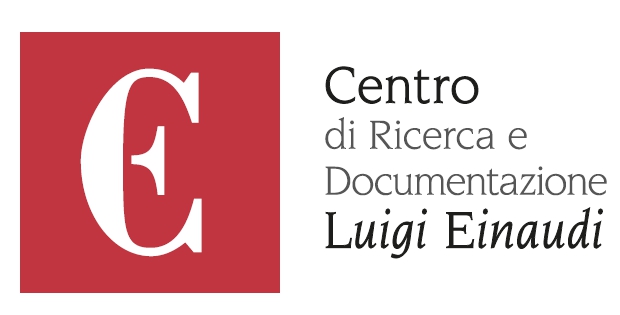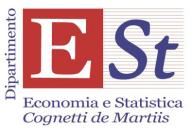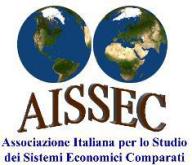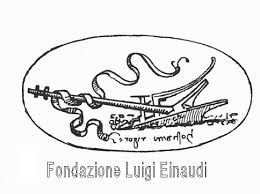Edited by Marta Marson and Luca Bortolotti, University of Turin and OEET
The XXII Italian Association for the Study of Comparative Economic Systems (AISSEC) Scientific Conference held in Pescara in June 2022 collected several contributions on the topic “(Re)discovering the drivers of economic development”. This newsletter contains three articles based on a selection of presentations focusing on the drivers of economic development, exploring the key characteristics, dynamics and the policies that can actively support developing and emerging countries in the process of economic development.
The newsletter adopts thus a macroeconomic perspective, with special attention reserved to the economic decisions that governments can implement in the pursue of economic development. Indeed, the three articles focus respectively on comparative advantages, structural policies and tax revenues.
Newsletter n. 23 | November 2022 - Download PDF
In the first article of this newsletter, Andrea Boltho provides an insightful description of the changes in the revealed comparative advantage indices of four East Asian countries (Japan, South Korea, Taiwan and China) from 1950 onwards in the capital intensive sectors and in particular on the growth of the high-tech sector of machinery and transport equipment. This covers industries which were considered as totally unsuited to what were relatively poor and labour-abundant economies, whose comparative advantage was seen to lie in simple labour-intensive consumer goods and semi-manufactures. Yet, despite this conventional wisdom, governments in all the four countries actively encouraged in a variety of ways the growth of advanced manufacturing companies. Andrea Boltho argues that their unorthodox policies must have played an important role for the achievement of the registered successes.
The second article by Marouani, Youssef and Zaki also focuses on the policies which can support structural change in developing countries, by distinguishing and modelling their effect in the short and long run. The article shows that structural policies promote structural change over the long run, yet their effect is mostly insignificant over the short run. Quite surprisingly it is found that structural policies exert more effect on services share in value added rather than on manufacturing, with deindustrialization trends characterizing the period considered. Results also highlight the importance of macroeconomic countercyclical fiscal policies and undervalued currencies in enhancing structural change.
Development policies however need resources for their implementation and the capacity to raise revenue to finance this is indeed a main issue for developing countries willing to actively encourage structural change and growth. Based on this consideration the last article by Antonio Savoia discusses the relationship between tax revenues and political institutions placing constraints on the executive power. Based on this consideration the last article by Antonio Savoia discusses the relationship between tax revenues and political institutions placing constraints on the executive power. Based on historical data from 31 countries for the period between 1800 and 2012 it shows that these two aspects may reinforce each other over time, so that good governance seems to go hand in hand with the capacity to mobilize domestic resources for development.









